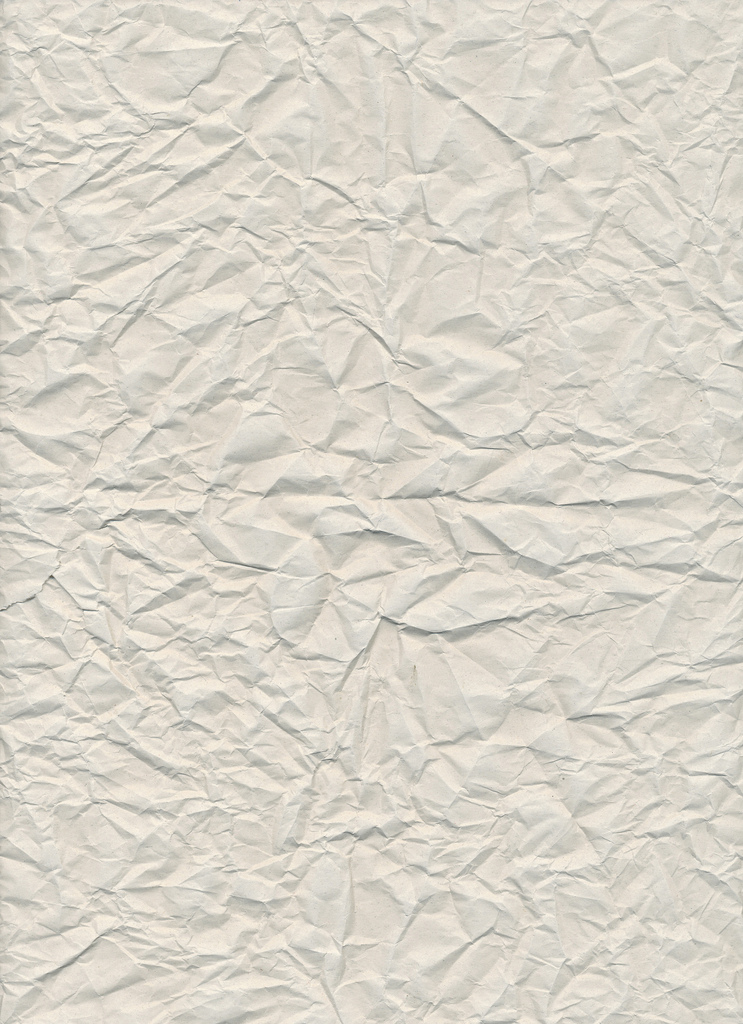In Juan Carlos Valdivia’s Southern District/Zona Sur, a wealthy Bolivian family bicker about money, menus, and their choice of partners, as their loyal servants look on. But we rarely see the end of any of the exchanges that make up this intriguing mix of domestic drama and class politics. That’s because Valdivia has constructed a bold exercise in cinematic style, in which the constantly revolving camera both captures and obscures the action inside the house. As the characters drift in and out of shot, you may feel frustrated and, at times, a little dizzy.
The elegant Carola (Ninón del Castillo) and her kids live in the Zona Sur, an upper-class suburb of La Paz. Her ex-husband is never seen and rarely mentioned here. Elder son Patricio (Juan Pablo Koria) is a handsome but thoroughly spoiled youth, who keeps a video camera trained on his lissome girlfriend, in what must be the ultimate teenage “shag pad”. His sister Bernarda (Mariana Vargas) quarrels with her mother over diets, and is going through a lesbian phase that may be more about rebellion than sexual preference. Six-year-old Andrés (Nicolás Fernández) is the most sensible and well-mannered member of this clan. When he’s not hanging out in the kitchen with Wilson, the majordomo, Andrés converses with his imaginary friend Spielberg, in his treehouse or up on the roof.
But the spectre that hangs over these people is that their days are numbered. It’s not the prospect of revolution or bloodshed that threatens the family home, but imminent financial collapse. The money has run out and Carola hasn’t paid the long-suffering Wilson for six months. The impassive maid Marcelina (Viviana Condori), who like Wilson is one of the native Aymara population, counsels him to return to his village. But the calm and efficient Wilson appears to be the glue holding this chaotic household together and, for now, he is staying put.
So far, so routine: these rich people with their petty problems could be in any city on any continent. But beneath the soap-opera trappings, Valdivia has some specific points to make about the matriarchal structure of Bolivian society at all levels. Carola’s unfortunate combination of authoritarianism and gross indulgence has turned her older children into a couple of selfish brats. From flaunting their sexual activities to demanding individually prepared meals, thes two are way beyond any attempt at parental discipline.
You wonder what a truly subversive film-maker like Luis Buñuel would have made of the mistress/servant dynamic here.
But even as we’re fascinated and repelled by the bad behaviour, Valdivia doesn’t seem to be aiming for a satirical tone. Whatever the undercurrent is here, it’s more subtle and less judgmental than that. At one point, I felt the relationship between Carola and Patricio was leaning towards the incestuous. Soon afterwards, she makes a direct and perhaps half-serious reference to the idea that mothers should be the ones to sexually initiate their sons.
Then there’s young Andrés, who waits in his mother’s bed with Wilson, while she goes out partying. Even more intriguingly, we watch Wilson stealing into his mistress’s bathroom to use her facilities and make free with her expensive toiletries. (It takes her a while to figure out who the culprit is.) Is this a reaction to not being paid or a sign that Wilson has now cast himself in the role of Carola’s emasculated husband? You wonder what a truly subversive film-maker like Luis Buñuel would have made of the mistress/servant dynamic here.
Valdivia, who directed five films before this one, has talked about his search for a new and distinctive personal style here. Setting all the action, apart from one sequence, within the house and its gardens would always have presented a technical challenge. His solution is to film the action in 57 circular sequence shots — with no cuts. The idea was to emphasise that each character inhabits a personal “bubble”, and that everyone is trapped both within the house and the rigid codes of behaviour dictated by class, race and family. The constant perambulation is broken only by a few “stasis” shots filmed from above the house, showing the family gazing out of the windows of their castle/prison at the ceaseless rain.
The way Valdivia has cast and shot this family, using mainly inexperienced actors, is impressive. You may not sympathise with them or like them, but the way they interact does feel authentic rather than stagey and melodramatic. But I’m not convinced that sticking so rigorously with this style of camera coverage was a good idea. When two people are talking or shouting at each other, it becomes tiresome to see their faces move out of range so that we can contemplate endless footage of walls, shelves and blank spaces.
I’ve never been a fan of directors making up arbitrary rules about how and where films should be shot. If your budget is limited, then fair enough, but I found the whole Dogme 95 revolution tedious and self-indulgent in the extreme. In the 40s, Hitchcock experimented with the single take in Rope and Robert Montgomery directed and starred in the subjective camera oddity that was Lady in the Lake. Those were genre films of course, but Valdivia’s dreamy, provocative and thought-provoking movie doesn’t fit comfortably into any category. The restless camerawork may try your patience, but it’s worth sticking with it.
(2009, Bolivia, 109 mins, in Spanish and Aymara with subtitles)
Southern District will be released in the UK in summer 2011.










